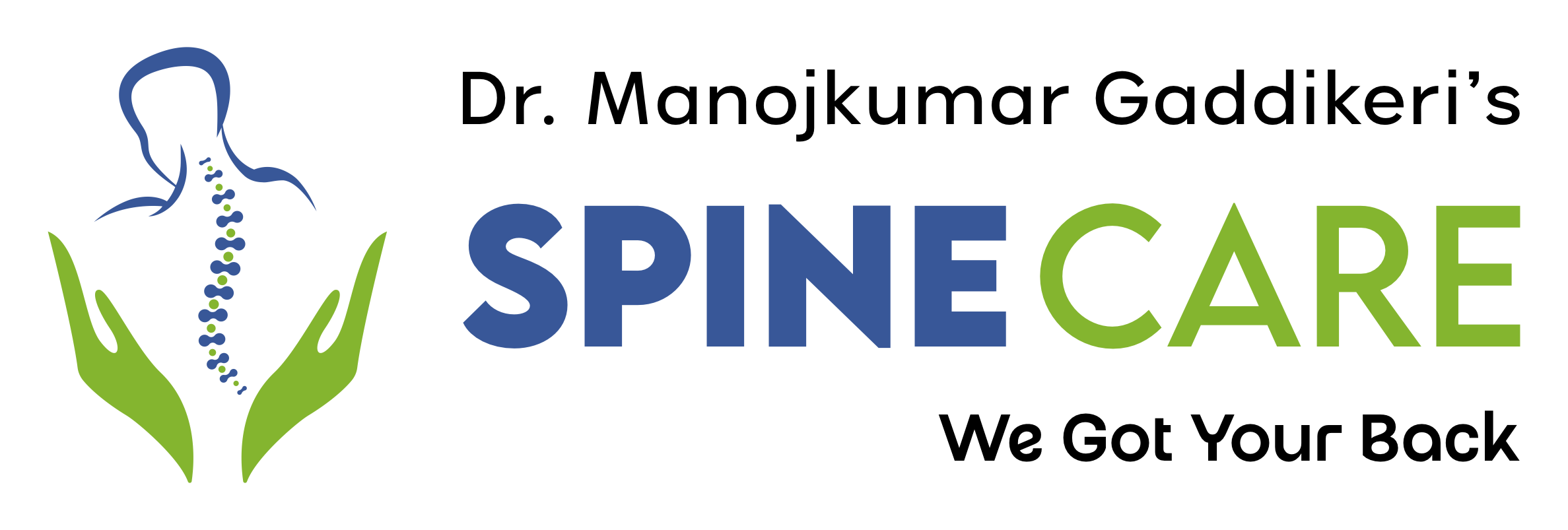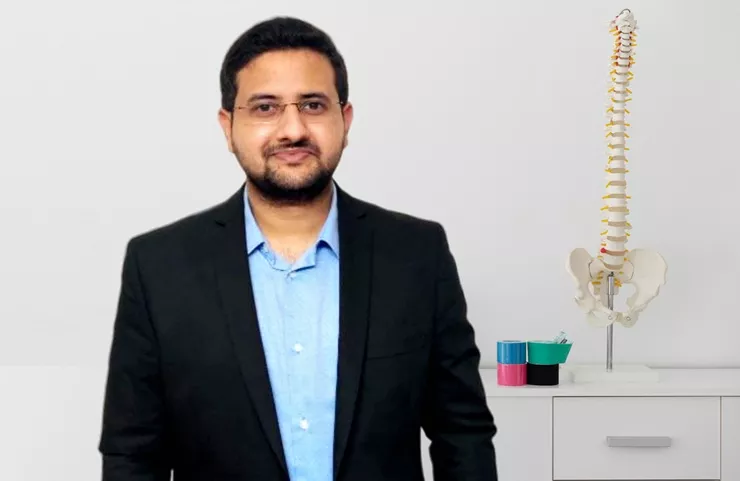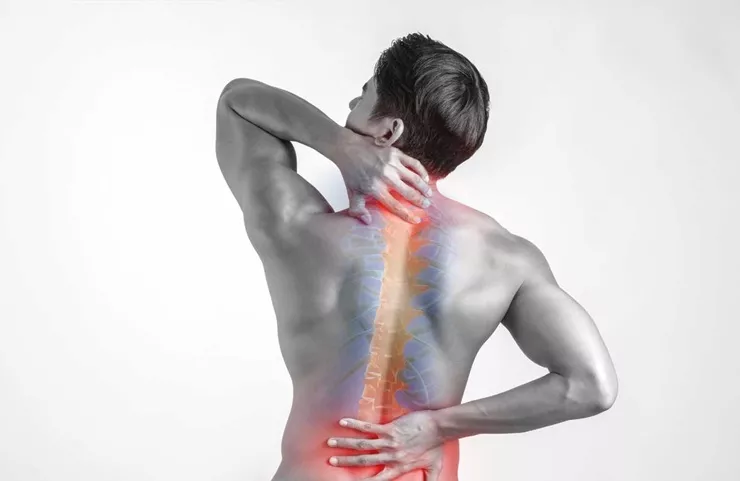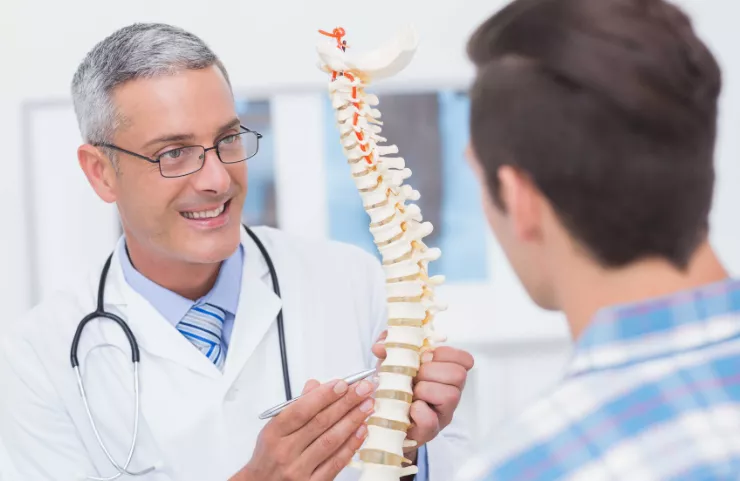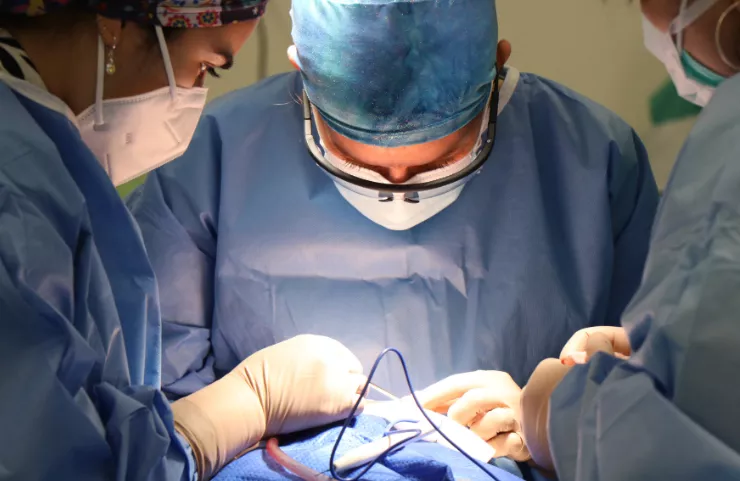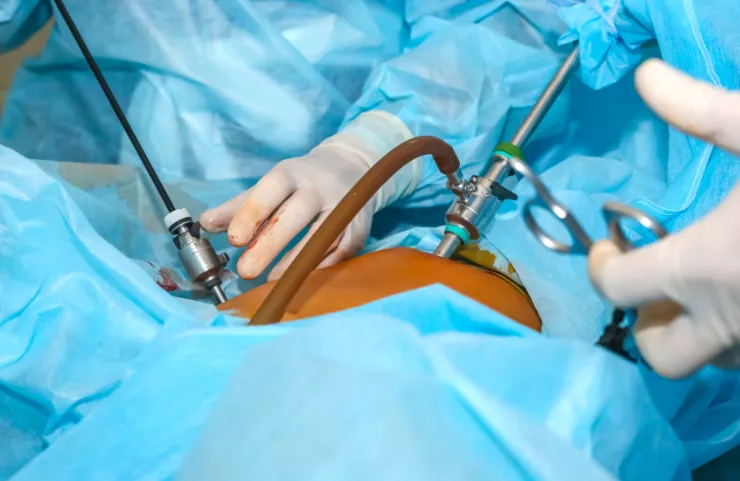Introduction
The spine is a vital structure in the human body, providing support, flexibility, and protection for the spinal cord. However, it is not always perfectly aligned. Some individuals develop abnormal curvatures of the spine, leading to conditions such as scoliosis, kyphosis, and lordosis. These conditions are common, yet they are often misunderstood or confused with one another.
In this post, we will break down the differences between scoliosis, kyphosis, and lordosis, explore their causes, symptoms, and available treatments, and help you understand how each condition affects the spine.
What is Scoliosis?
Scoliosis is an abnormal sideways curvature of the spine that typically forms an “S” or “C” shape. This condition can occur at any age but is most commonly diagnosed in children and adolescents during growth spurts.
Causes of Scoliosis
The exact cause of scoliosis is unknown in most cases, and it is referred to as idiopathic scoliosis. However, scoliosis can also result from:
- Congenital factors: Abnormalities in the spine present at birth.
- Neuromuscular conditions: Diseases like cerebral palsy or muscular dystrophy can lead to scoliosis.
- Degenerative conditions: In older adults, spinal degeneration and osteoarthritis can cause curvature of the spine.
Symptoms of Scoliosis
- Uneven shoulders or hips
- A visible curve in the back
- Back pain (in severe cases)
- Numbness or weakness in the legs (in advanced stages)
Treatment for Scoliosis
Treatment depends on the severity of the curve and the patient’s age. Mild cases may require monitoring, while more severe cases might need interventions such as:
- Bracing: For growing children, a back brace can help prevent the curve from worsening.
- Physical Therapy: Strengthening exercises can help improve posture and reduce pain.
- Surgery: In extreme cases, spinal fusion surgery may be recommended to correct the curve.
What is Kyphosis?
Kyphosis is the excessive outward curvature of the upper back, causing a rounded or hunched back. This condition is most often seen in the thoracic (upper) spine, but it can also affect the cervical (neck) or lumbar (lower) spine.
Causes of Kyphosis
Kyphosis can be caused by a variety of factors, including:
- Postural kyphosis: Often seen in adolescents due to poor posture.
- Degenerative kyphosis: Results from conditions such as osteoporosis or disc degeneration in older adults.
- Congenital kyphosis: Present at birth due to abnormal spine development.
- Scheuermann’s disease: A condition where the vertebrae grow unevenly during adolescence, leading to a more pronounced curve.
Symptoms of Kyphosis
- Noticeable hunchback or rounded back
- Back pain and stiffness
- Muscle fatigue, especially after standing or walking for long periods
- Difficulty breathing (in severe cases)
Treatment for Kyphosis
Treatment for kyphosis depends on the severity and underlying cause:
- Postural correction: Improved posture and exercises may help relieve mild cases.
- Bracing: For young patients with growing spines, a brace may be used to prevent worsening of the curve.
- Medications: Pain relievers and anti-inflammatory medications may help manage pain.
- Surgery: In cases where the curve is severe or progressing, surgery (such as spinal fusion) may be required to correct the spine and reduce discomfort.
What is Lordosis?
Lordosis refers to an excessive inward curvature of the lower back, often resulting in a pronounced swayback. While some curvature in the lower spine (lumbar spine) is natural, excessive lordosis can lead to discomfort and pose health risks.
Causes of Lordosis
Lordosis can be caused by various factors, including:
- Postural changes: Poor posture or imbalance in muscle strength can contribute to an exaggerated curve.
- Obesity: Excess weight, especially in the abdominal area, can pull the spine forward, leading to excessive lordosis.
- Muscle imbalances: Weak abdominal muscles or tight lower back muscles can exacerbate the condition.
- Congenital conditions: Some people are born with conditions that affect the curvature of their spine.
- Spinal conditions: Disorders such as spondylolisthesis or osteoporosis can contribute to lordosis.
Symptoms of Lordosis
- A noticeable curve in the lower back
- Back pain or discomfort, especially after standing or walking for long periods
- Limited mobility or stiffness in the lower back
- Muscle fatigue in the lower back or legs
Treatment for Lordosis
Treatment for lordosis depends on the underlying cause and severity of the condition:
- Physical therapy: Strengthening and stretching exercises for the lower back and abdominal muscles can improve posture and alleviate discomfort.
- Weight management: Reducing excess weight can relieve pressure on the spine and reduce lordosis.
- Bracing: A brace may be used in children to help correct abnormal curvature.
- Surgery: In severe cases, surgery (such as spinal fusion or osteotomy) may be required to correct the spinal alignment.
How Scoliosis, Kyphosis, and Lordosis Differ
While scoliosis, kyphosis, and lordosis all involve abnormal spinal curvature, they differ in the type of curve and location:
- Scoliosis: Sideways curvature of the spine (can form an “S” or “C” shape).
- Kyphosis: Excessive outward curvature of the upper spine, creating a rounded back.
- Lordosis: Excessive inward curvature of the lower back, creating a swayback appearance.
These conditions may overlap or be present together, especially in individuals with more complex spinal deformities.
Conclusion
Spine health is crucial for overall well-being, and early intervention can often prevent these conditions from worsening. Whether through physical therapy, bracing, or surgery, there are various treatment options available to help manage and correct abnormal spinal curves.
Scoliosis, kyphosis, and lordosis are three common spinal conditions that can affect both children and adults. While they each involve different types of curvature, understanding their causes, symptoms, and treatment options can help individuals seek appropriate care and improve their quality of life. If you or someone you know is experiencing any of the symptoms associated with these conditions, it’s important to consult a healthcare professional for an accurate diagnosis and tailored treatment plan.
